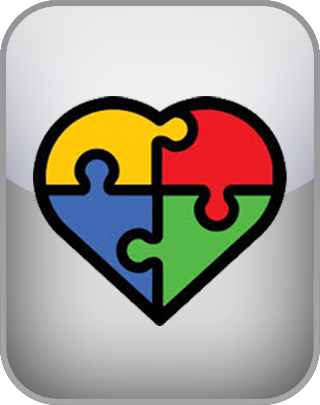Camouflaging Autistic Traits Questionnaire (CAT-Q)
The Camouflaging Autistic Traits Questionnaire (CAT-Q) was developed by Dr. William Mandy and his colleagues at University College London (UCL). It was created as part of research into autism, particularly focusing on how individuals—especially autistic women and girls—mask or camouflage their traits in social situations. The questionnaire was first published in a 2018 study by Laura Hull, William Mandy, and their research team. Their work has been influential in understanding how camouflaging can impact mental health and the diagnosis of autism.
To take the test, enter your input below.
Question 1 of 25
I practice my facial expressions and body language to make sure they look natural.
| Disagree | Agree |
NEXT
The IDRlabs Camouflaging Autistic Traits Questionnaire was developed by IDRlabs, based on the Camouflaging Autistic Traits Questionnaire (CAT-Q).
Camouflaging is a set of strategies employed by autistic individuals to mask their traits and blend into neurotypical society. It often involves consciously altering or suppressing behaviors that are typically associated with autism, such as repetitive movements, speech patterns, or social communication difficulties. This adaptation allows autistic people to navigate social situations that may otherwise be challenging or lead to exclusion. While camouflaging can sometimes improve social interactions, it can come with significant emotional and psychological costs, such as anxiety, stress, and exhaustion.
The strategies used in camouflaging are highly varied and context-dependent. Some individuals might mimic social cues they observe from others, like maintaining eye contact, using appropriate facial expressions, or engaging in small talk, despite not naturally understanding these social norms. Others might consciously suppress their sensory sensitivities or stimming behaviors (e.g., hand-flapping or rocking) to avoid standing out. In these ways, individuals work hard to “fit in,” often to gain social acceptance or avoid negative judgment from others.
Despite these adaptations, camouflaging can be exhausting and lead to significant emotional tolls. Research indicates that the continuous effort to mask autistic traits contributes to higher levels of mental health struggles in autistic individuals, including anxiety, depression, and burnout. Over time, the constant vigilance required to hide one’s true self can lead to a feeling of detachment from one’s identity, which is often referred to as the "masking paradox." This disconnection from one’s authentic self can negatively affect self-esteem and overall well-being.
The desire to camouflage often stems from societal pressures and the need for social acceptance in predominantly neurotypical environments. Individuals may feel the need to mask their autistic traits to avoid bullying, discrimination, or being perceived as "different." For many, there is an implicit expectation that conformity to social norms is the only way to successfully engage with others. This societal pressure exacerbates the challenges faced by autistic individuals and often leads them to hide their true selves in favor of fitting in with social expectations.
On the other hand, the conversation around camouflaging has led to a growing recognition of the importance of supporting autistic individuals in expressing their authentic selves without fear of judgment. There is increasing advocacy for creating environments that are more accepting of neurodiversity, where autistic traits are not seen as something to be hidden but rather as a natural variation in human behavior. Greater awareness and understanding of camouflaging can help reduce the need for individuals to mask their traits, promoting inclusivity and improving the mental health outcomes for autistic individuals.
As the publishers of this free test, which allows you to screen yourself for camouflaging autistic traits, we have strived to make the test as reliable and valid as possible by subjecting this test to statistical controls and validation. However, free online quizzes such as the present test do not provide professional assessments or recommendations of any kind; the test is provided entirely “as-is.” For more information about any of our online tests and quizzes, please consult our Terms of Service.

